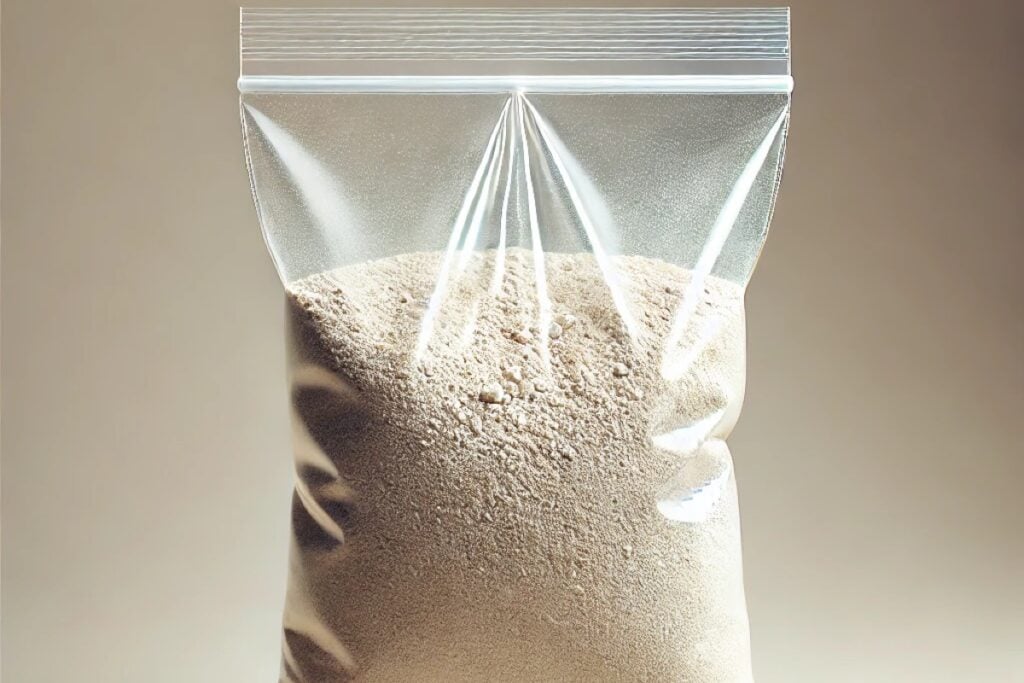Aquamation ashes are distinct in their appearance. Unlike traditional cremation ashes, which tend to be a mix of gray and coarse fragments, aquamation ashes are much finer and have a white or light beige hue. This difference is due to the gentler nature of the aquamation process, which uses water, heat, and alkaline chemicals to break down the body’s tissues, leaving behind only the mineral bone structure. The result is an ash that is visually cleaner and more uniform, providing a softer, powdery texture.
How Much Ash Comes from a Human After Aquamation?
The amount of ashes produced from aquamation is comparable to that of traditional cremation. On average, the process yields about 5-7 pounds (2.3-3.2 kg) of ashes for an adult, depending on the individual’s size and bone density. This quantity is slightly higher than traditional cremation in some cases due to the complete processing of bones without combustion. The entire skeleton is left intact until the end of the aquamation process, where it is then reduced to fine ash, resulting in a consistent and slightly greater volume.
Comparison to Cremation Ashes
When comparing aquamation ashes to cremation ashes, several differences stand out. Traditional cremation subjects the body to high temperatures, typically between 1,400-1,800°F (760-982°C), reducing it to bone fragments and ash. This process tends to leave behind coarser, grayer remains with some darker specks. In contrast, the aquamation process, which involves temperatures of around 200-300°F (93-150°C), results in a more uniform and lighter-colored ash.
Moreover, aquamation ashes do not contain any carbon residues because the process avoids combustion, leading to a purer and more refined final product. The composition of both types of ashes is primarily calcium phosphate, but the texture and appearance are more consistent in aquamation.
Do Aquamation Ashes Have a Smell?
One of the most common questions people ask is whether aquamation ashes have a smell. The answer is no; aquamation ashes are odorless. This is a result of the thorough cleaning and sterilization process involved in aquamation, where the use of water and alkali neutralizes organic material effectively. In traditional cremation, any odor associated with the remains is generally subtle and linked to the materials mixed with the ashes. However, aquamation’s gentler and cleaner approach ensures that the final product is free of any residual scent, providing peace of mind to those who handle or keep the ashes.
Are Aquamation Ashes Toxic?
Aquamation ashes are non-toxic and safe to handle. The process itself is designed to be environmentally friendly, breaking down the body’s tissues in a way that does not release harmful emissions or residues. The chemical solution used in aquamation is neutralized by the end of the process, leaving only sterile water and the bone fragments that are processed into ash. This means that aquamation ashes pose no health risk to those who handle them or choose to scatter them.
For those concerned about sustainability, aquamation is often chosen for its minimal environmental impact. The resulting ashes can be safely scattered, buried, or stored in an urn without any risk to the environment, making it an ideal option for those seeking a more eco-conscious way of honoring their loved one.
How Heavy Are Aquamation Ashes?
The weight of aquamation ashes is comparable to traditional cremation ashes. The typical weight of ashes from an adult after aquamation ranges between 5 to 7 pounds (2.3-3.2 kg), depending on the individual’s size. This similarity in weight comes from the bone matter that remains after either process. Since aquamation preserves more of the mineral content of the bone, the final ashes may sometimes feel slightly denser but maintain the same general weight range.
Additional Considerations: Aquamation’s Benefits
Understanding these aspects of aquamation ashes sheds light on why many people are considering this alternative. Aquamation is not only known for producing ashes that are cleaner and more uniform but also for its environmentally friendly profile. Traditional cremation releases carbon dioxide and other pollutants into the air, contributing to environmental concerns. In contrast, aquamation uses less energy and releases no harmful emissions, aligning with sustainable practices.
Moreover, families who choose aquamation often find comfort in knowing that the process reflects a gentle and respectful treatment of the deceased. This perception can make the grieving process feel more serene, knowing that the choice made honors both the loved one and the environment.
The Choice Between Aquamation and Cremation
When deciding between aquamation and cremation, it’s important to consider the visual and tactile qualities of the ashes, the environmental impact, and personal or religious beliefs. For those prioritizing an eco-friendly approach, aquamation may be the better choice. The fine, pale ashes resulting from this process can be kept in an urn, used for memorial jewelry, or scattered in a meaningful location with confidence in their safety and non-toxic nature.

